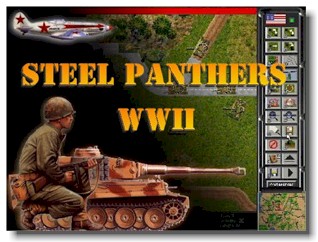Retrospective of The Seven Cities of Gold Video Game
“We came to serve God, and to get rich.” ― Conquistador Bernal Díaz del Castillo
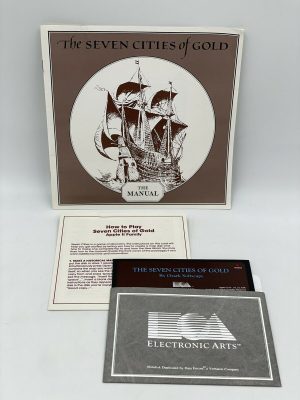
By Patrick S. Baker
1984’s The Seven Cities of Gold (henceforth Seven Cities) is generally acknowledged as one of the most successful and influential early “open-world” video games.
In an open-world video game, the player can wander freely through the virtual world and has significant freedom in choosing how and when to approach the game objectives. In the game a player takes on the character of a 15th-century conquistador, sailing across the Atlantic to the New World to explore, obtain gold and make the Spanish court happy.
The name of the game comes from the legend of the seven cities of gold variously called Cibola, Quivira, or El Dorado. The mythical cities were fabulously wealthy and supposedly located somewhere in what is now the American Southwest.


 During the six years between the release of Master of Orion II: Battle at Antares and the release of Master of Orion III, the PC gaming world proved to be something of a Hobbesian trap for game developers and publishers, that is to say: “…. poor, nasty, brutish, and short.”
During the six years between the release of Master of Orion II: Battle at Antares and the release of Master of Orion III, the PC gaming world proved to be something of a Hobbesian trap for game developers and publishers, that is to say: “…. poor, nasty, brutish, and short.” By Patrick S. Baker
By Patrick S. Baker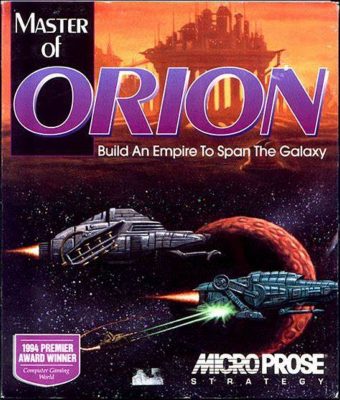 By Patrick S. Baker
By Patrick S. Baker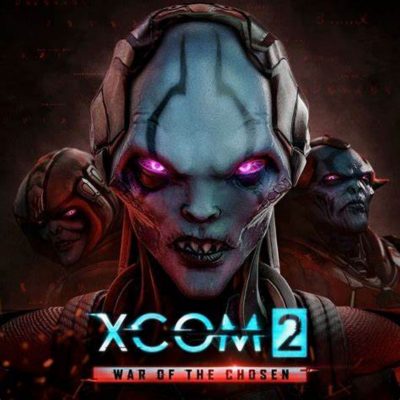
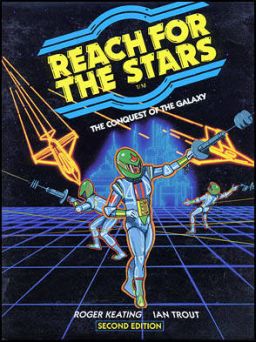 The designation “4X” (standing for “eXplore, eXpand, eXploit and eXterminate”) originated in the Computer Gaming World 1993 preview of Master of Orion by Alan Emrich. In a play-on-words, Emrich rated the game as “XXXX”, referencing the “XXX” rating for pornography. Over time the phrase mutated into “4X” and has been adopted and adapted into a game genre description.
The designation “4X” (standing for “eXplore, eXpand, eXploit and eXterminate”) originated in the Computer Gaming World 1993 preview of Master of Orion by Alan Emrich. In a play-on-words, Emrich rated the game as “XXXX”, referencing the “XXX” rating for pornography. Over time the phrase mutated into “4X” and has been adopted and adapted into a game genre description.